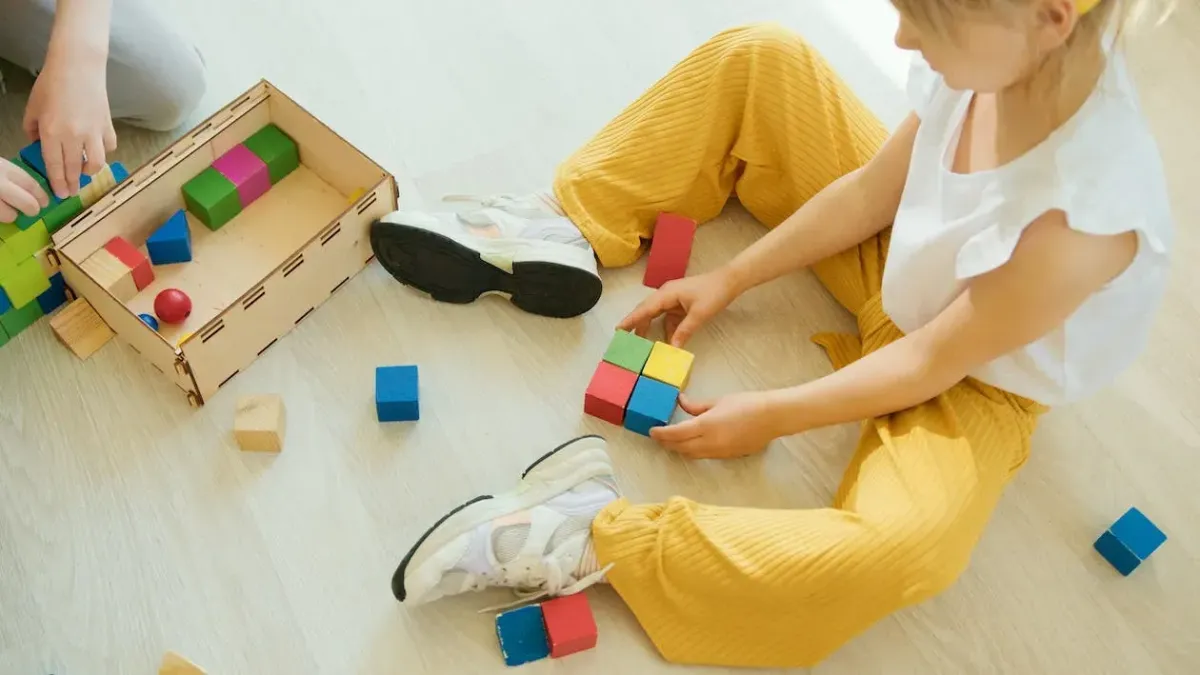
How to Support Both Sensory Seekers and Sensory Avoiders at Home
Parenting multiple neurodivergent kids is a wild ride, especially when one child is a sensory seeker (think: nonstop motion, singing, and licking the movie theater floor) and another is a sensory avoider (think: “Please stop talking, breathing, or existing near me right now”).
If this sounds familiar, you’re not alone. Managing those contrasting needs in one household is tough, but it’s possible.
Here are some real-world strategies from episode 118 of the Every Brain is Different podcast to help your home run a little smoother (and quieter… or louder… depending on the moment).
1. Understand Each Child’s Sensory Profile
Sensory seekers crave input. They love motion, noise, pressure, anything that keeps their bodies and brains stimulated. You’ll find them climbing, bouncing, humming, and generally living life at top volume.
Sensory avoiders are the opposite. They’re easily overwhelmed by too much noise, light, touch, or activity. They crave quiet and calm.
Step one is recognizing which child is which. Step two is accepting that both needs are valid and real, even if they conflict.
2. Create Individual Sensory Spaces
Your kids need places to regulate on their own terms.
For sensory avoiders, think quiet, dim, soft, and secluded. I gave my avoidant child a kitchen cupboard to retreat to when younger, and eventually their own bedroom. The result? Way fewer meltdowns and a much calmer kid.
For sensory seekers, think movement and stimulation. A backyard play structure, indoor dance parties, chewy toys, or a safe spot to spin and bounce can be game changers.
Pro tip: You don’t have to buy expensive “sensory” toys. A stretchy body sock can offer great input, but so can a blanket fort or yoga ball from the closet.
3. Build Predictable Routines (With Some Wiggle Room)
Predictability helps reduce sensory overload, especially for avoiders. But strict schedules can feel confining, especially if you’re parenting with ADHD or have a spontaneous household vibe.
Try this:
Use loose routines that include space for downtime or breaks after busy times, like school.
Visual schedules and timers can help transitions feel less jarring.
Be flexible but consistent. Routine helps your kids know when they’ll get their needs met.
4. Schedule Sensory Breaks
Build in time for regulation before you need it. These don’t have to be fancy or labeled as “therapy.”
Ideas:
Quiet reading corner after a noisy activity.
Monkey bar time between tasks.
A walk around the block.
A quiet room or dark tent with headphones.
Some kids will ask directly for breaks. Others might get overwhelmed and shut down. Watch their cues, offer options, and model taking breaks yourself.
5. Adjust Communication Styles
Sensory avoiders may need a calm voice, gentle tone, and fewer words. Sensory seekers may respond better to animated energy and enthusiastic engagement.
You don’t have to treat every child the same to treat them fairly. Meet them where they are.
Bonus Tip: When They Clash
Sometimes your sensory seeker is singing at the top of their lungs and your sensory avoider is melting down. Here’s what you can do:
Use headphones or noise-blockers for the avoider.
Remind the seeker to turn down the volume or move to another space.
Don’t shame either child for their needs. Just help them coexist.
If possible, give the avoider their own room or “quiet zone” for retreat.
You don’t need to fix your kids’ sensory preferences. They’re not broken. You just need to create an environment that honors both of their needs.
Want help figuring out how to do this in your own home? Join our Neurodivergent Parenting Community. You’ll get direct support and strategies tailored to your unique family dynamic.
